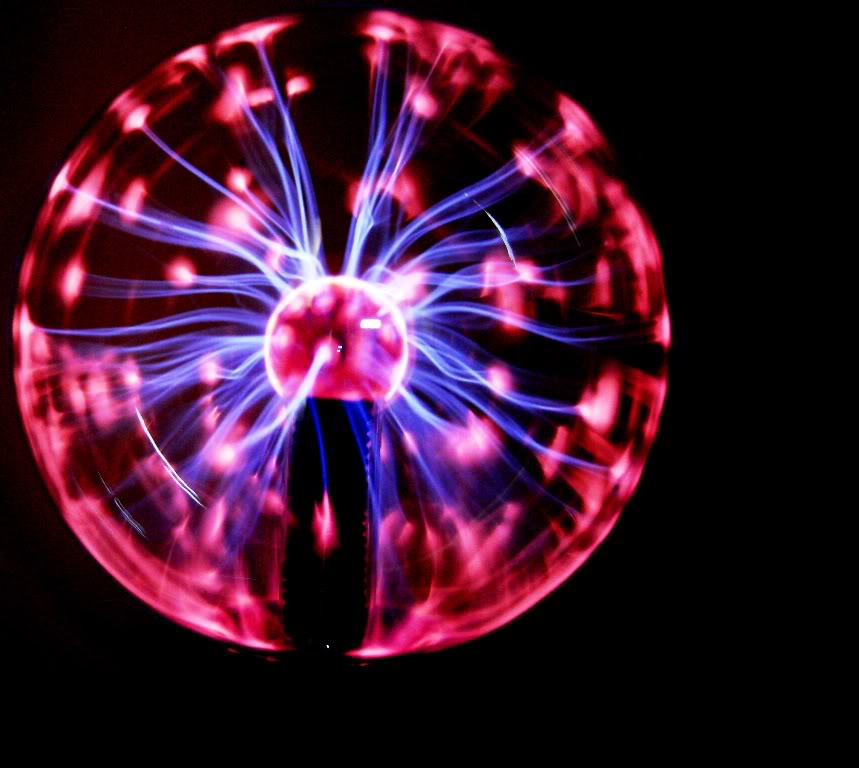Remember when you were younger and used to place your fingers on that electric globe? The purple “spider-web” would go anywhere your skin touched and the subtle buzz of the electricity could calm any hyper child.
Last class we were greeted by Tom Vales, the Lab Coordinator at Suffolk University and tesla coil enthusiast, who demonstrated a real-life version of this device.
 This device is called a Tesla Coil and it is used to produce a high voltage, low current, high frequency alternating power current. The device was invented around 1891 by Nikola Tesla and was used to essentially create “wireless” charging. Nikola would place a Tesla coil close to his home and power all the lightbulbs in the house using the voltage that was generated. Today, they do not have much of a conventional use, but are often used by hobbyists and at venues such as science museums to produce long sparks and educate students about electricity.
This device is called a Tesla Coil and it is used to produce a high voltage, low current, high frequency alternating power current. The device was invented around 1891 by Nikola Tesla and was used to essentially create “wireless” charging. Nikola would place a Tesla coil close to his home and power all the lightbulbs in the house using the voltage that was generated. Today, they do not have much of a conventional use, but are often used by hobbyists and at venues such as science museums to produce long sparks and educate students about electricity.
Mr. Vales also presented us with small examples of a Peltier Device, Stirling Engine, and Mendocino Motor. The Stirling engine was the most interesting and most useful. According to Wikipedia, “the device operates by cyclic compression and expansion of air, another gas, or liquid, sometimes referred to as the working fluid, at different temperature levels such that there is a net conversion of heat energy to mechanical work”. It was originally invented in 1816 as a substitute to the conventional steam engine, but its practical use was largely confined to low-power domestic applications for over a century. Today, there is still a practical use to the device and Mr. Vales noted that people still use them to power generators.
expansion of air, another gas, or liquid, sometimes referred to as the working fluid, at different temperature levels such that there is a net conversion of heat energy to mechanical work”. It was originally invented in 1816 as a substitute to the conventional steam engine, but its practical use was largely confined to low-power domestic applications for over a century. Today, there is still a practical use to the device and Mr. Vales noted that people still use them to power generators.
http://en.wikipedia.org/wiki/File:Ericsson-hot-air-engine.jpg
http://en.wikipedia.org/wiki/Stirling_engine
http://en.wikipedia.org/wiki/Tesla_coil
